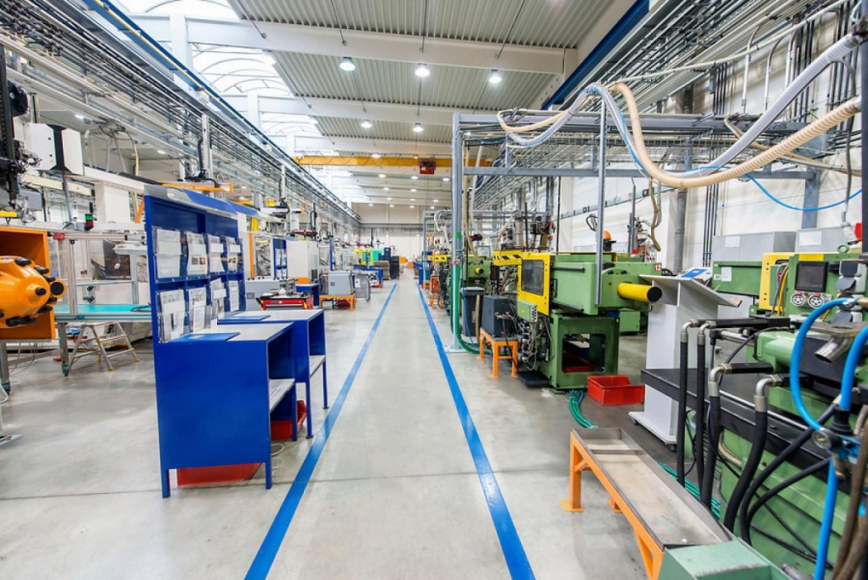We live in an ever-expanding world--new technologies pop up daily, and there seem to be infinitely more resources at our personal disposal than there were a mere decade ago. In response to these changes, makerspaces have risen in popularity in recent years. Also termed “hackerspaces” or “innovation labs,” they are essentially communal workspaces that make various creative tools and machinery available to their members or participants.
Imagine a workspace where people there can access woodworking tools, a metal shop, or a 3D printer to create and test prototypes and materials. They are not limited to any specific production niche, and can have everything from materials testing tools, to synthetic biology kits, to computer numerical controlled (CNC) machines or robotics. By providing access to complex and varied tools, makerspaces are becoming a popular and highly advantageous way to foster innovation for companies that create products.
Workshops, however, have always posed safety risks, and makerspaces, by functionally combining various workshops into one physical space, can pose serious health and safety challenges.
Where do you start?
Recognize that each component within a makerspace – for example, chemical usage, energized machines, woodworking tools, etc. – may come with its own set of regulations to be considered. Complicated machines or even general facility equipment such as HVAC systems may require lock-out/tag-out procedures. Chemical usage may generate hazardous waste that requires a permitted hazardous waste management program.
So how can you tackle this from an EHS perspective? Start from the top down. Ensure you have all-encompassing health and safety guidelines in place, such as emergency action plans, required worker protection documents, and a place to collect Safety Data Sheets. Then assess each area to figure out what rules and safety practices it requires. Ensure PPE is readily available and easy to use, and that all pieces of equipment have proper guards and engineering controls to automatically stop when there is a hazardous condition.
It goes without saying that in any work environment, especially one with so many moving parts, good recordkeeping is critical. Figure out how to best streamline your processes and keep up with changing regulations, and remember that any safety documents should be easy for employees to locate.
People Problems
Even after you have an established health and safety program, makerspaces present another challenge: people with differing expertise working in close proximity to one another. For example, an expert in machining may not know how to manage hazardous waste. To create a high functioning safety program and culture, helping people understand what goes on in other areas is critical. You can have workers dedicated to safety in theory, but if they do not understand the EHS implications of what goes on around them in practice, they may be at a loss in the event of an emergency.
The solution? Ensure that employees understand all the basic risks and safety practices in the spaces around them. They don’t have to be experts in each piece of equipment or procedure, but your employees do have a responsibility to have a basic understanding of the risks around them and how to keep themselves safe. Work towards holistically incorporating safety awareness into everyone's thought processes, and safety controls into their activities.
Unlike a workplace that specializes in one just thing, a makerspace requires specialization in multiple areas. This may make it beneficial to pull in resources from elsewhere – whether experts within your company or outside consultants – in order to provide expertise for all of the moving parts of your makerspace, and to ensure a high-quality health and safety program.
Do you need some extra expert support for your makerspace? Contact us today, or learn more about our work in the technology industry.
Want more news and insights like this?
Sign up for our monthly e-newsletter, The New Leaf. Our goal is to keep you updated, educated and even a bit entertained as it relates to all things EHS and sustainability.
Get e-NewsletterHave any questions?
Contact us to discuss your environment, health, safety and sustainability needs today.





